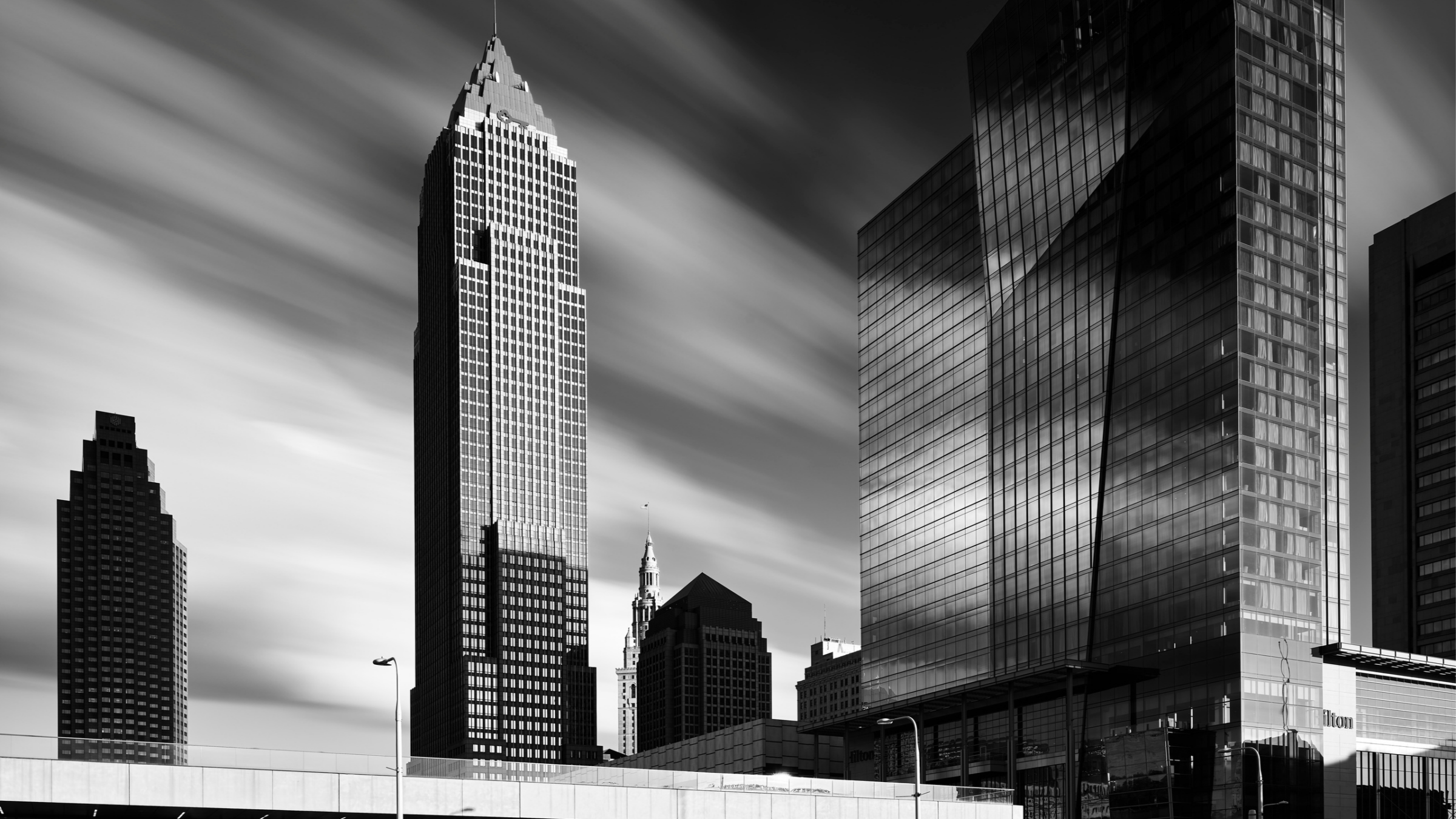The IQ4: Revolutionizing daytime long exposure photography with in-camera frame averaging
Cleveland-based photographer Roger Mastroianni is known for his artistic versatility, serving diverse clients across the country and throughout his hometown. Location work is his specialty. And throughout his career, many of the same clients have stayed with him for decades. These long-term relationships, built on repeat assignments over the years, mean that clients depend on his consistently high standards, fine-tuned experience, and uniquely understanding their needs.
“I started out shooting professional sports and news for United Press International and then moved on to shooting editorial projects for national publications like the New York Times, Business Week, Forbes, Fortune. The national magazines favored medium format color transparency with lighting for better reproduction. From there I gradually moved into more corporate work, architecture, healthcare, and university publications. Around the same time, I was doing the sports photography I started working with the theaters and orchestra. It’s pretty much same as low light sports minus the ball.
Today, I shoot everything: portraits, architecture, industrial, healthcare, performing arts. By day, I work corporate clients and at night, I work with Cleveland’s performing arts groups. It’s hard to be niche in a small market like Cleveland.” -Roger Mastroianni
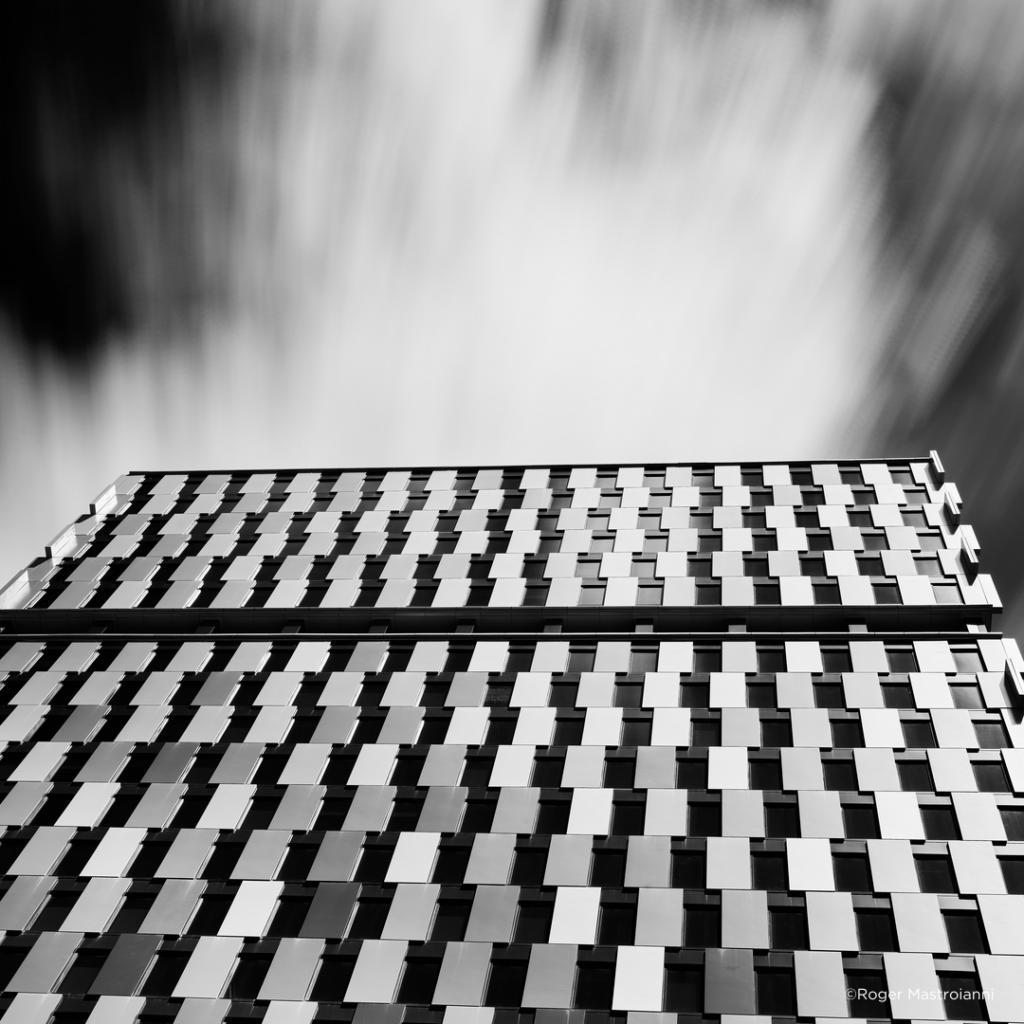
You’ve worked with just about every kind of camera over the years and have said that your camera choice depends on the job you’re doing.
Currently in the studio, I use the Phase One XF IQ4, because it renders the best possible image file available today – both in terms of color fidelity and dynamic range. When I’m shooting architecture and landscape, I rely on the XT with Rodenstock lenses for unrivaled sharpness. It goes without saying that photography is about getting a specific result. The process of planning a shoot and executing it is like an art performance. When you’re working with a fine instrument like the Phase One camera, you’re precisely capturing the vision you’ve imagined. You’re creating the final image in the moment. That process, in itself, is everything. It’s very different from shooting with a smaller camera that may be faster, lighter, easier to manipulate on site, but then with those, you end up having much more material to wade through and edit.”
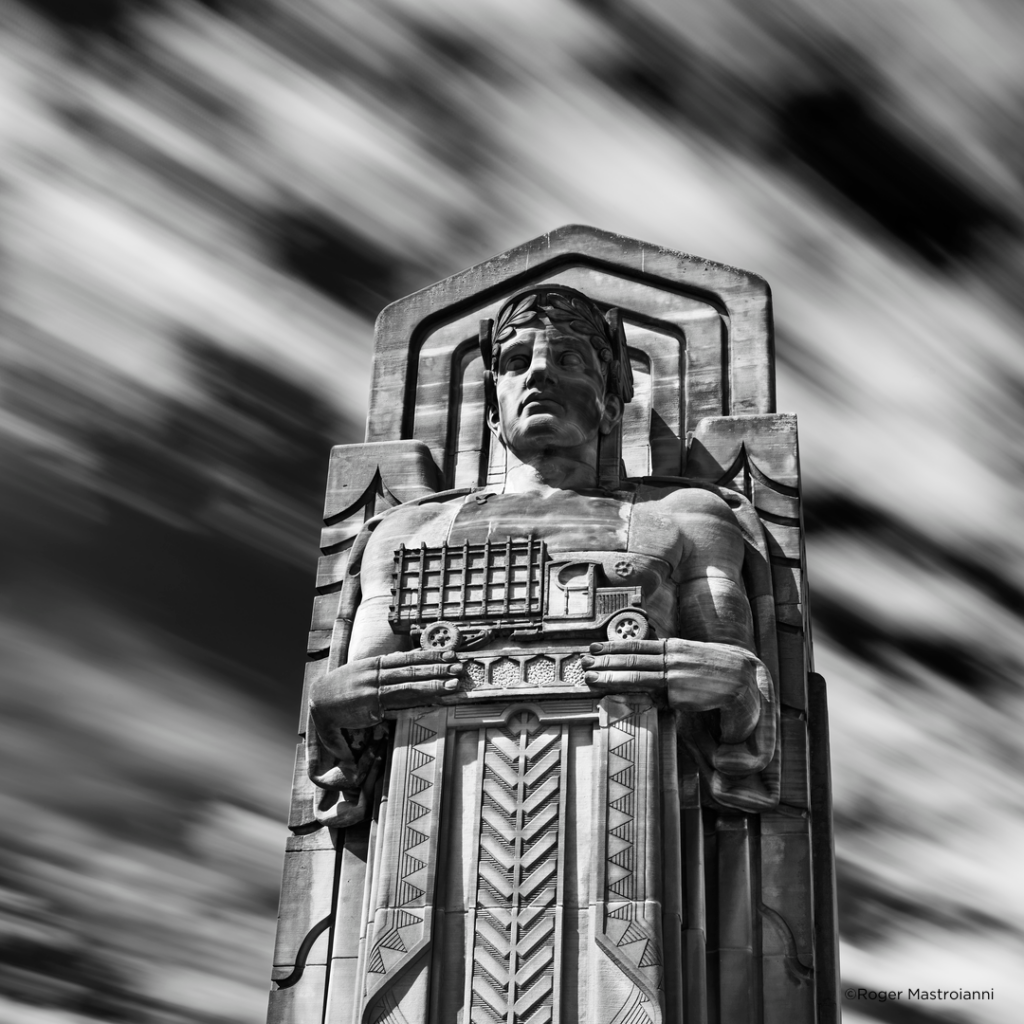
You’ve also been critical of medium format; what have been your challenges?
Shooting with medium format has always required more lighting. More gear to bring on location, more time to set up and shoot. I’ve found it can be difficult to focus, and in many ways it’s much like shooting film, because there are more technical restraints. While high-end instruments offer the finest results, they’ll also show your fails much more readily.
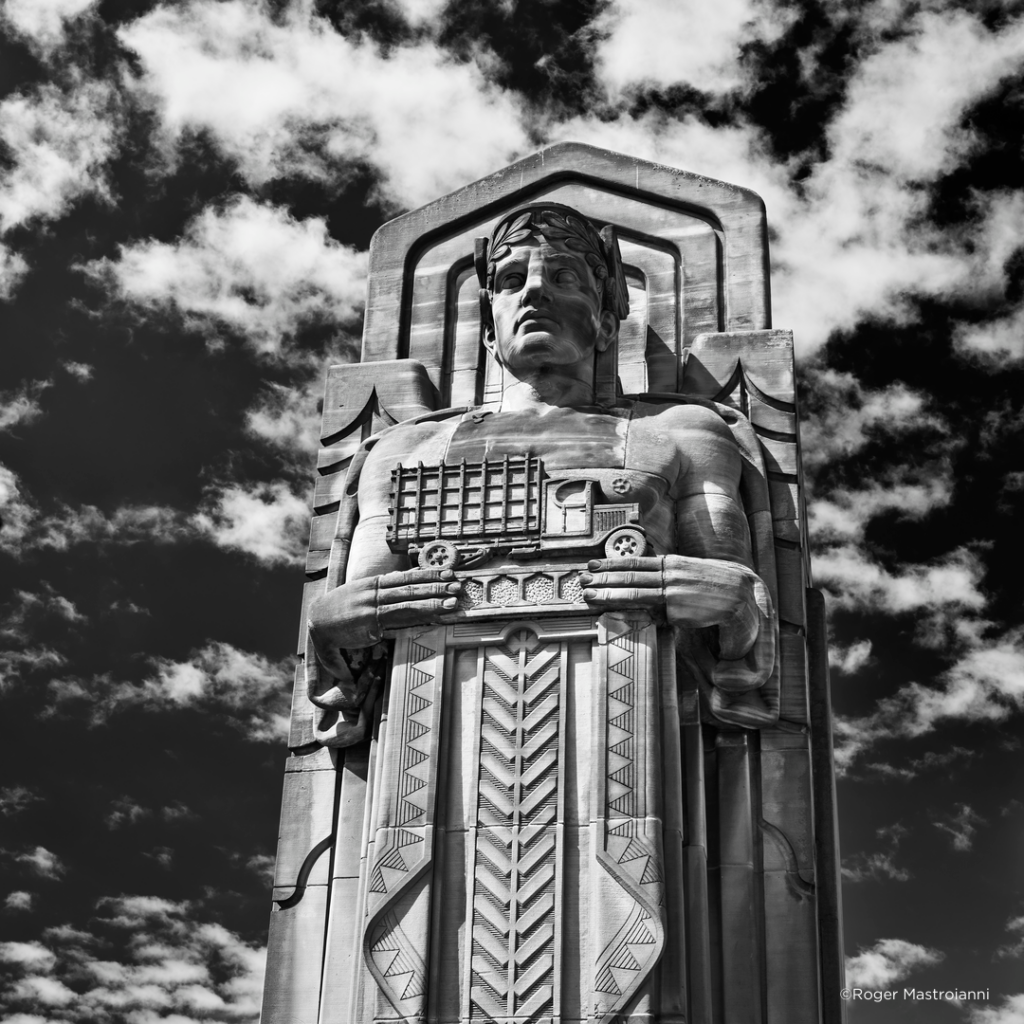
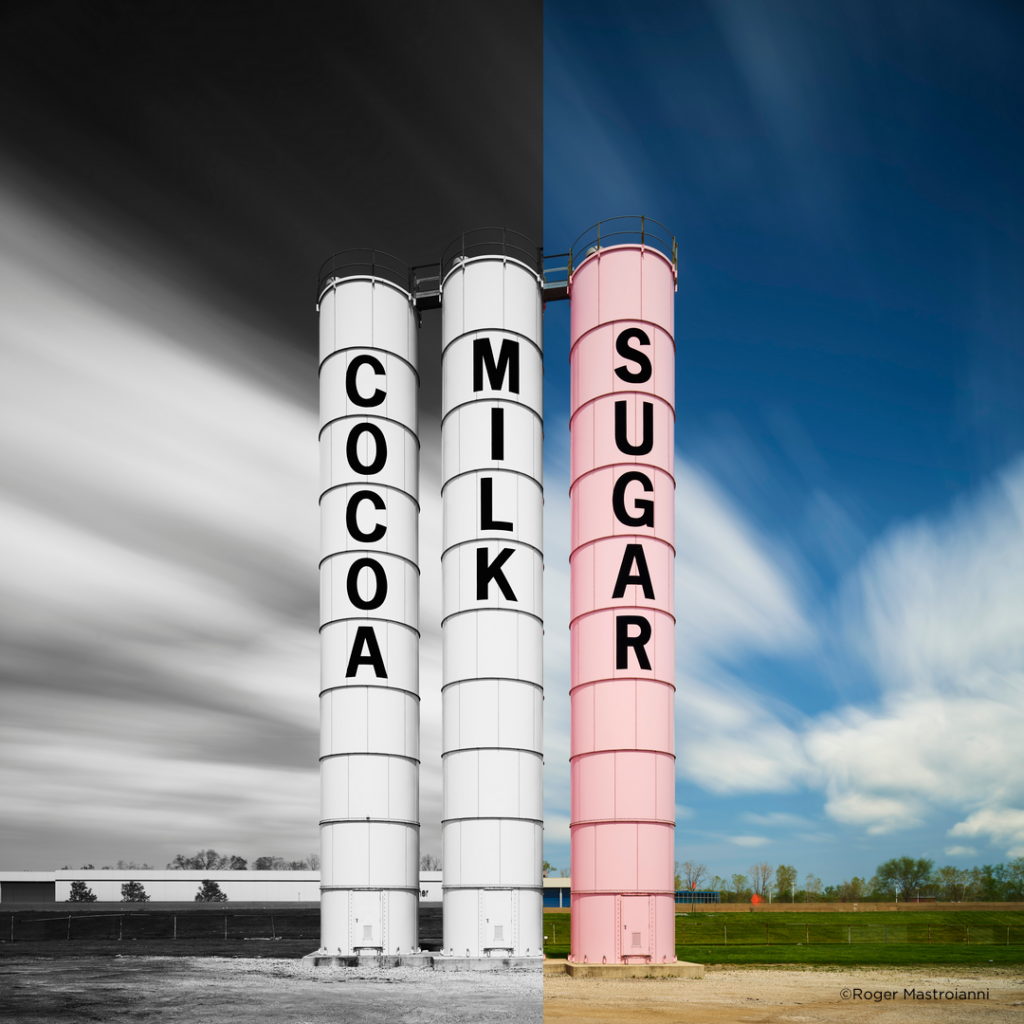
What do you find are the advantages of medium format?
Technically, the Phase One XT has made it possible to do architectural work like we used to do in the old days with 4×5 view cameras. Frame Averaging* on the IQ4 has been a game changer. Previously the only way to do daytime exposures was to put an opaque filter over the lens. It was cumbersome, and you could get barely a 30 second exposure. But with the opportunity for Frame Averaging* on the IQ4, you can now manage an exposure for as long as you want. I’ve gone as long as ten minutes; you can stop and save at any point during the exposure, which is something you can’t do if you only have an ND filter to work with. That ability to manage time during a capture covers a wide range of things, like moving clouds moving, smoothing turbulent water, disappearing cars and people from a frame. It breathes life into an otherwise still image. The dynamic range is phenomenal.
And the prints are incredible — they can be four feet wide without any enlargement. The long exposure prints have been purchased by a variety of institutions and corporations. A Cleveland law firm printed some of the color images on wallpaper to fill out an entire wall.
You work with all kinds of gear. On a particular assignment might your mirrorless 35mm camera complement your use of medium format camera?
I might bring both for backup, but I would rarely use them on the same job. My 35mm DSLRs or mirrorless cameras are for available light jobs, or shoots that require a minimal amount of lighting, moving fast, traveling light. When I use the Phase gear on location, I’m probably doing architectural work or landscapes, images that require camera movements or very large files.
In contrast, when I’m in the studio setting up lighting for a static portrait that I’ve planned out in advance, I’ll use the XF system. Setting up a large camera for a portrait or a group shot with lots of lighting gets the subjects’ attention, respect and participation. Also having the highest resolution camera available for the group shot is most important because of the amount of detail needed to resolve a large group of people in an image. Faces literally turn to mud if there is not enough resolution. Working with the XF is about working in a more thoughtful way and getting my subject to work with me. It forces you to move more slowly and thoughtfully.
Can you please give us some examples of how you use Frame Averaging in your work?
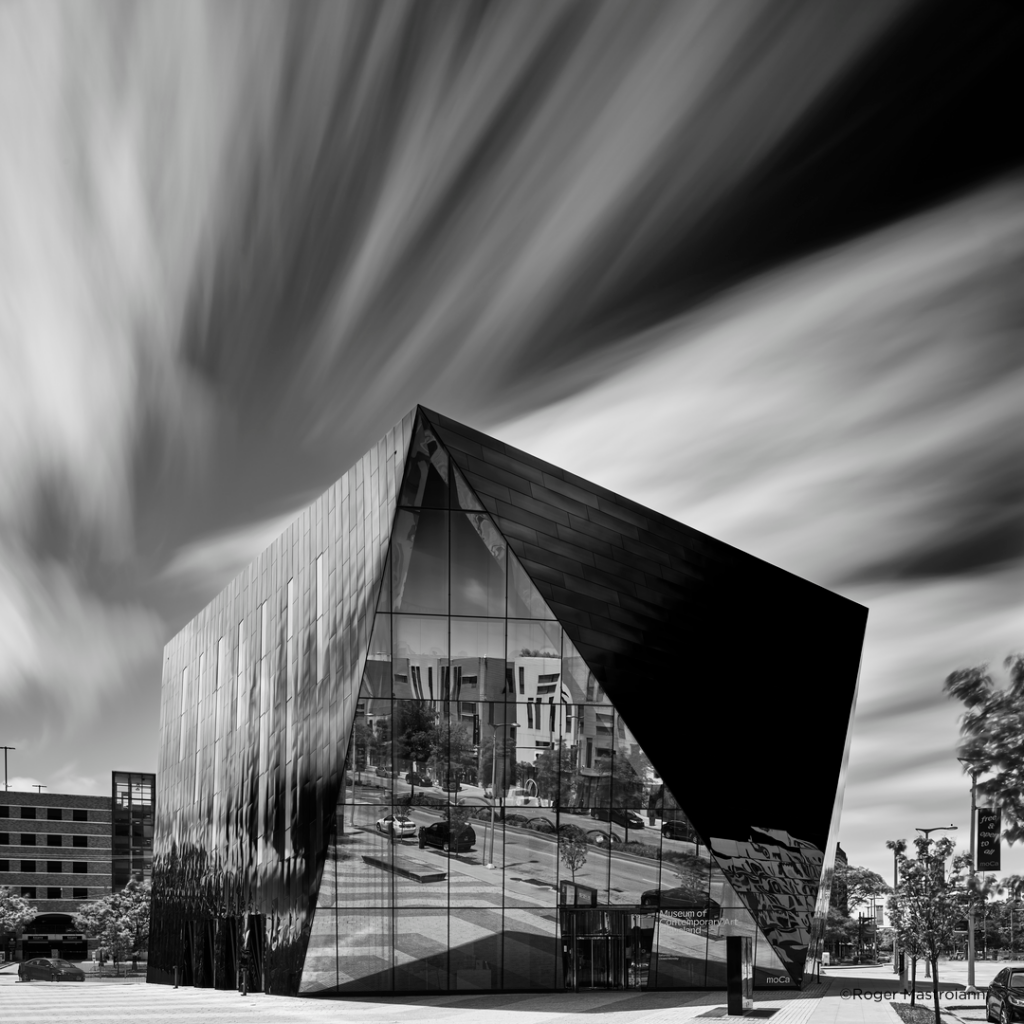
Frame Averaging with the XT IQ4 system
Long exposure photography without using a neutral density filter has been the holy grail of daytime long exposure photographers. The only other way to achieve this effect is to average hundreds of frames together to create a single long exposure image. The IQ4 150mp is the only medium format back that can do this in camera and create a single raw file.
Using this process the sun can paint a cityscape with light that might otherwise be shadowed by the partly cloudy skies, or I can use the moving clouds to paint the sky like giant paint strokes with the ability to stop the exposure at any time when I feel the clouds have moved the proper distance.
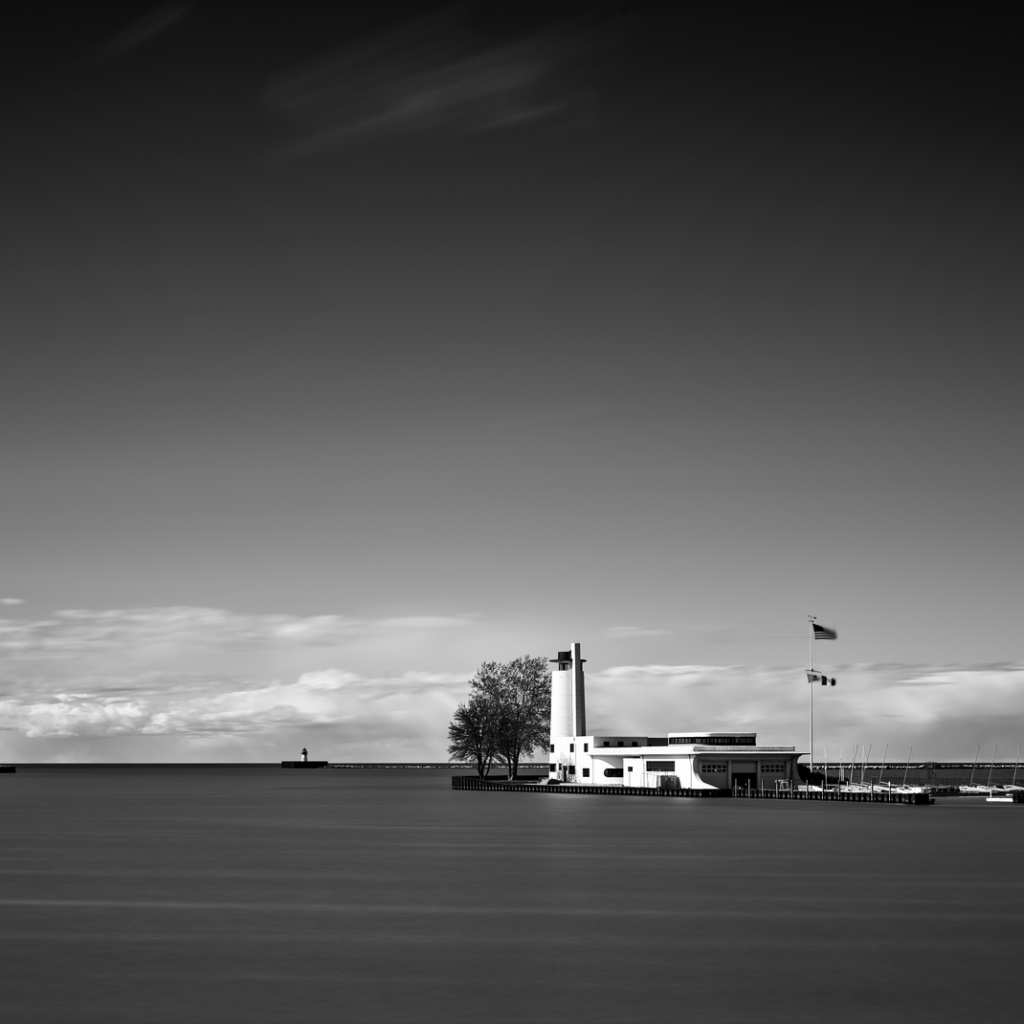
Art Deco Coast Guard Station
The frame averaging effect can be explained using these two images of the Cleveland Art Deco Coast Guard Station and sailboats. The first image shows the stop image effect on the sailboats from 20 frames frame averaged over a period of one second. The second image is a 250 frame two-minute averaged image exposure where the sailboats have been averaged away and the water has turned to glass.
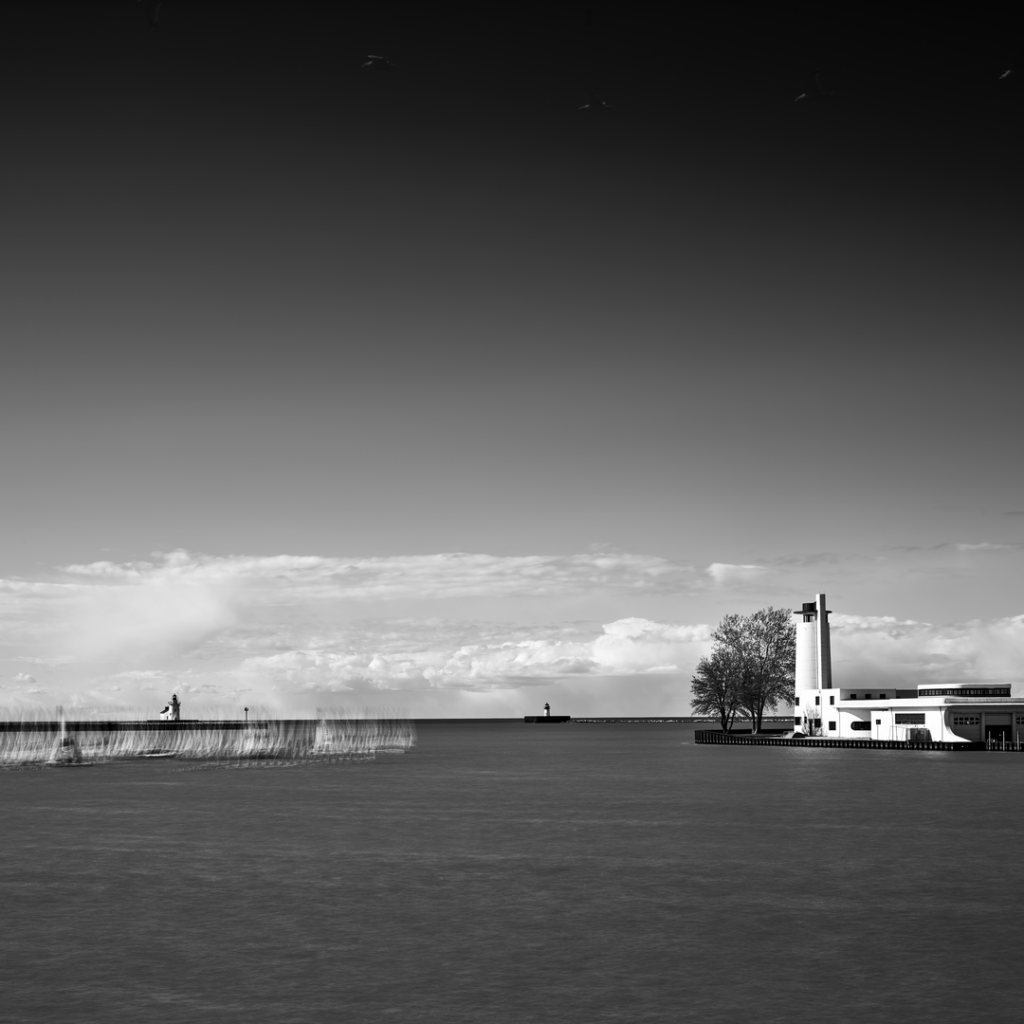
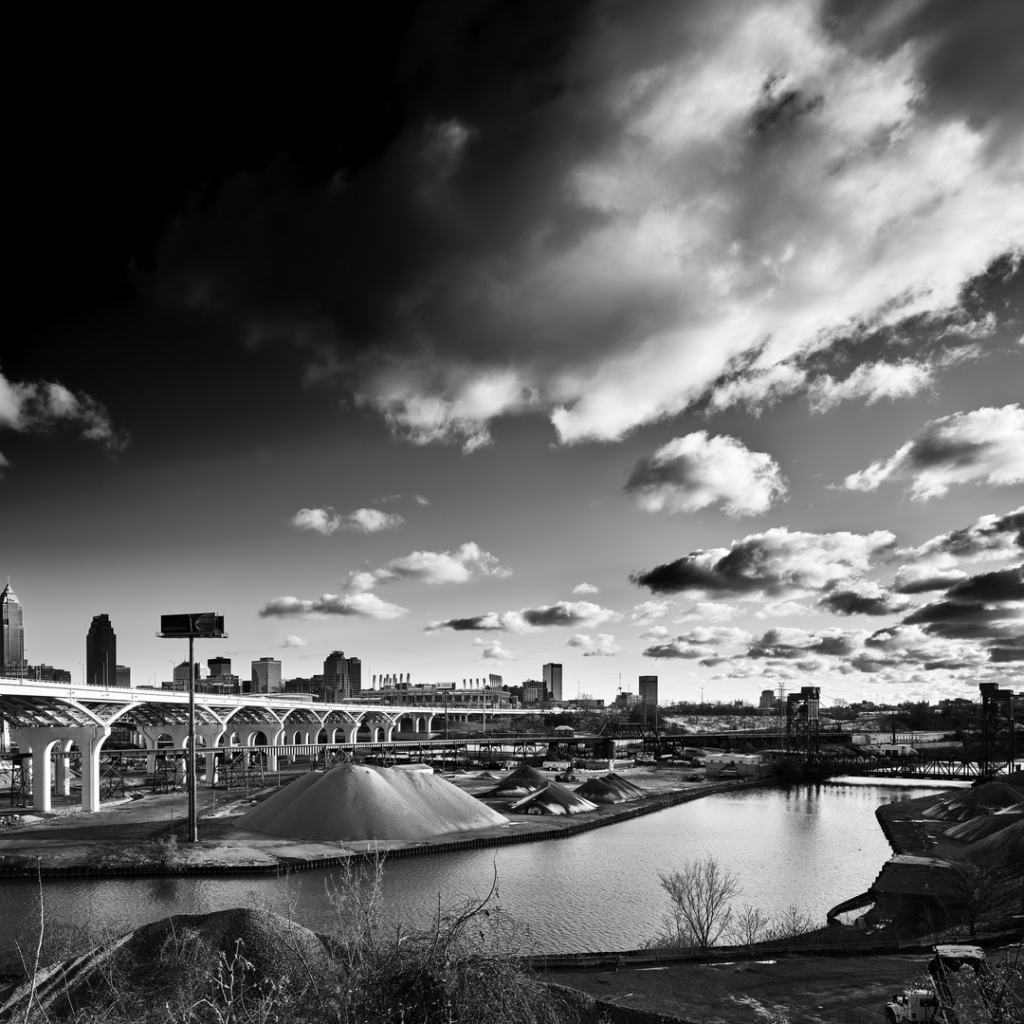
Cleveland Bridge over the Cuyahoga River
The two-minute frame averaged image might otherwise look like the first still image where the city is in partial shadow. Over a period of two minutes the clouds painted the sky and their shadows moved allowing the sun to light up the entire cityscape. A freight train is also captured moving over Cuyahoga River which turned to glass by way of the frame averaging effect.
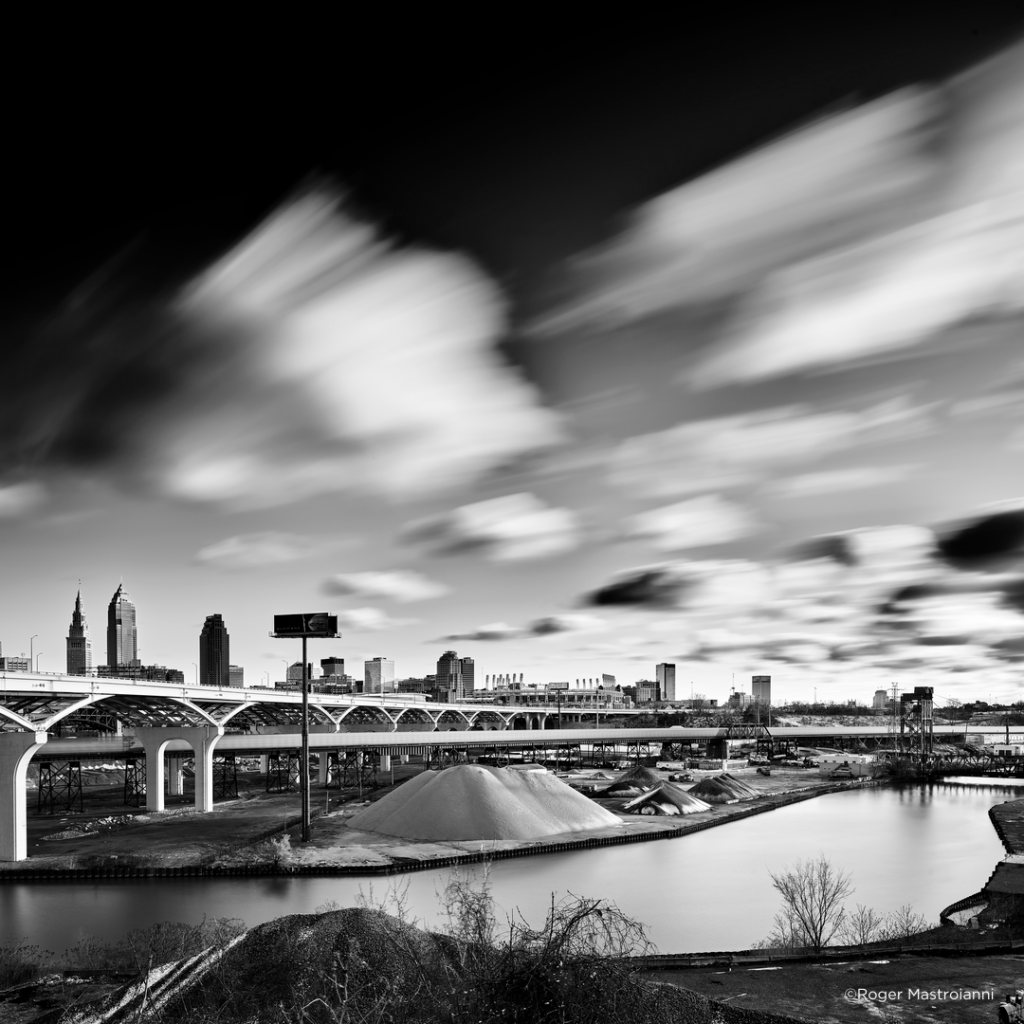
Cleveland Museum of Art
The lagoon in front of the Cleveland Museum of Art is often used as a mirror for the sky above. The first still image shows the puffy clouds beautifully reflected in the pond and in the second image I’ve used the same daytime exposure frame averaged 180 times over a period of 30 seconds to create an image that looks like a painting. I was able to stop the exposure at the point where I thought the clouds moved enough through the frame to give the brush stroke effect I was looking for. If I was using an ND filter the exposure would have had a set value and I would not have been able to to stop and save the exposure at will.
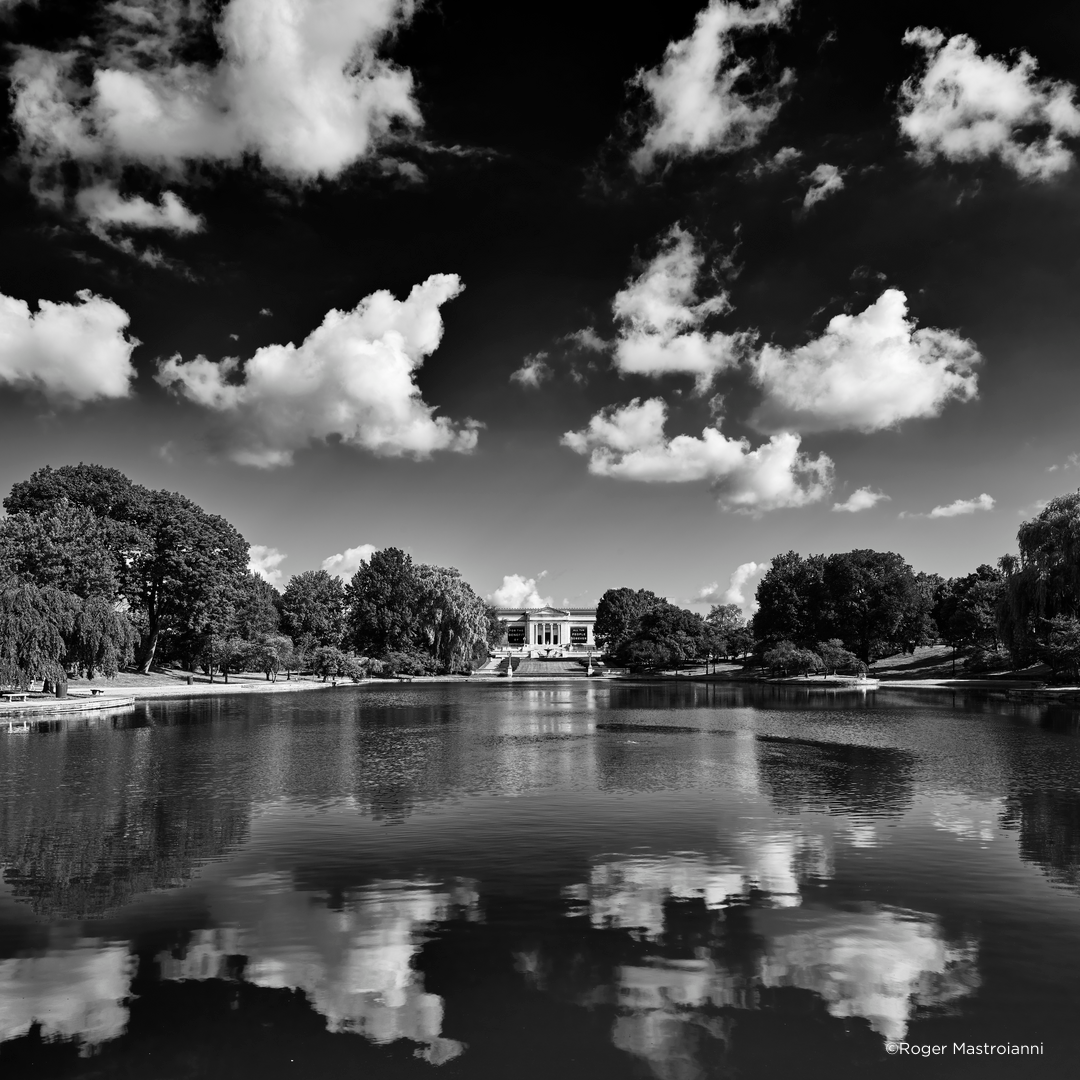

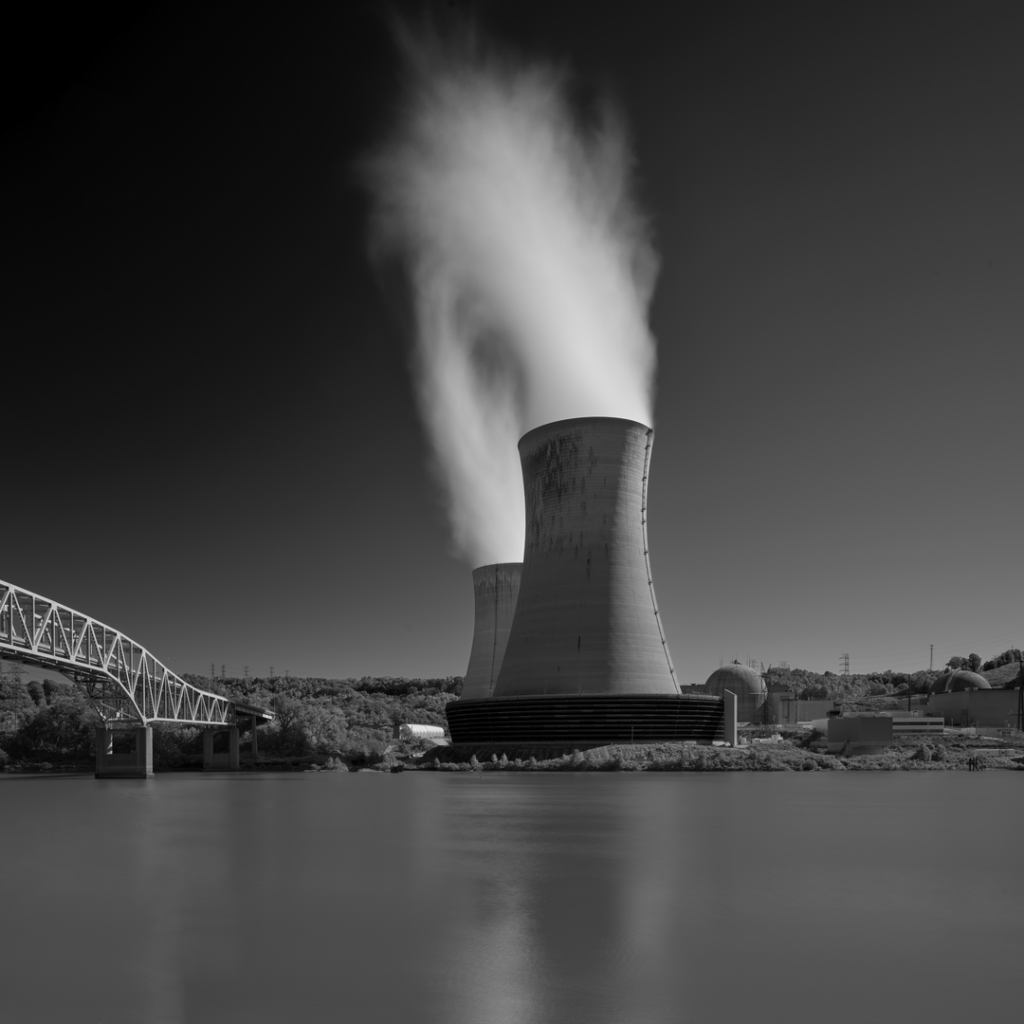
Beaver Valley Nuclear Power Station
I was commissioned to photograph the exteriors and interiors of three nuclear power plants. Leveraging a newly developed process known as ‘frame averaging’ on the Phase One IQ4, which shoots hundreds of images per minute, I was able to give the power plants a wispier look reproducing the nighttime look of long exposure photography during the day. This reimagined look to the age-old look of cooling towers billowing out steam, which is ubiquitous with nuclear energy, won an award in this year’s Graphis Photography annual competition.
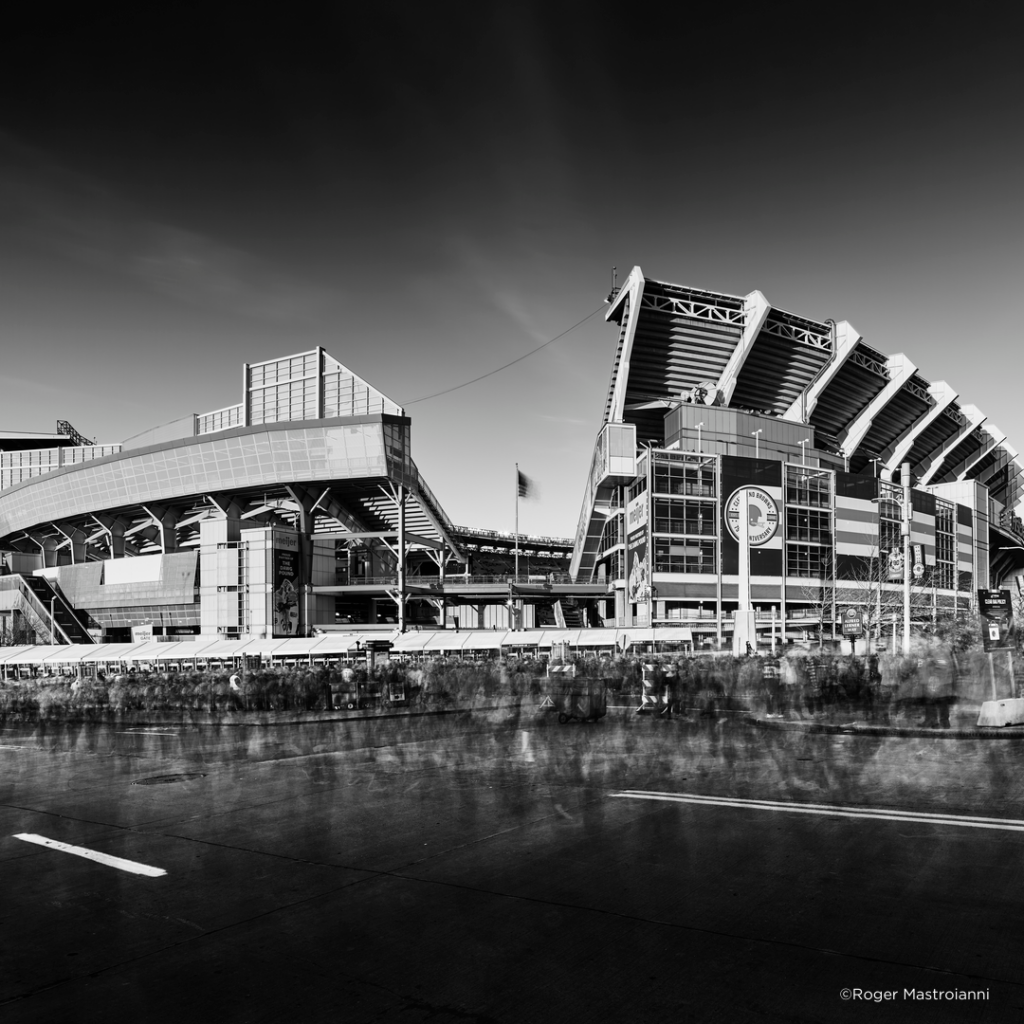
Cleveland Stadium
Standing in front of Cleveland’s lakefront stadium I used the IQ4’s frame averaging capability to show the movement of hundreds of people streaming into the stadium. Using an exposure of 1/125th sec for a period of 20 seconds I was able to capture their movement without making them disappear.
Roger Mastroianni
The Shovel Works Building
1588 East 40th St.
Cleveland, OH 44103
216-533-5499
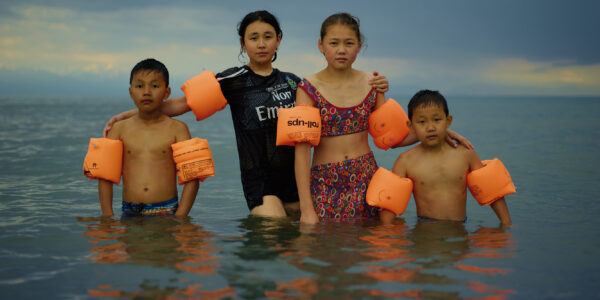
Photographer Stories
Intimacy in focus: Louise’s lens on humanity with Phase One_Part1
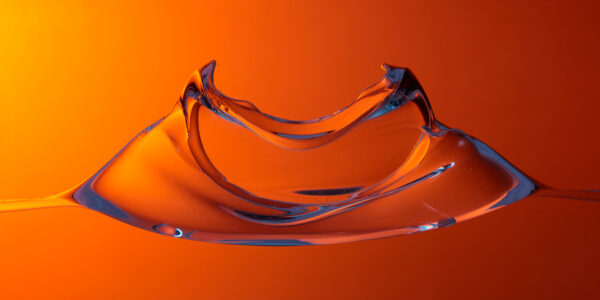
Photographer Stories
Dimitri Newman: Vision is Just the Start
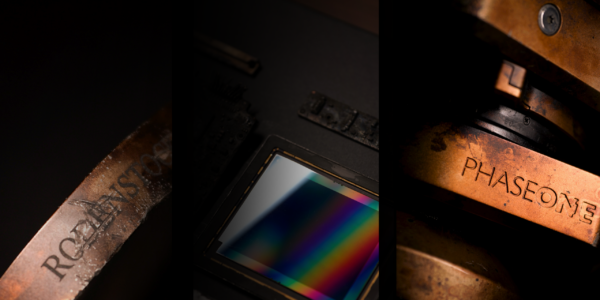
Photographer Stories
Ashes: The Rebirth of a Camera- Hexmalo
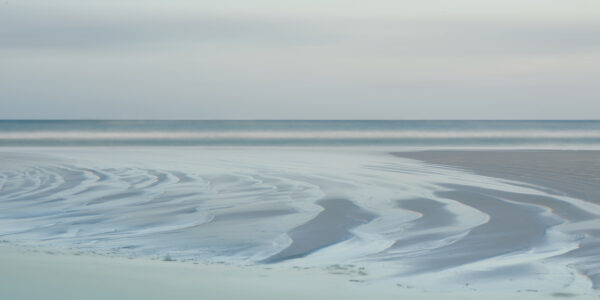
Photographer Stories
Chandler Williams: A Photographer’s Path
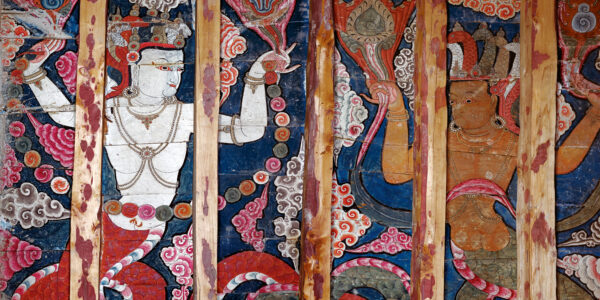
Photographer Stories
TABO- Gods of Light
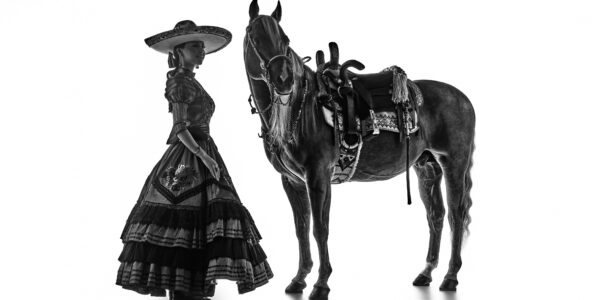
Photographer Stories
Loreto Villarreal – An Evolving Vision
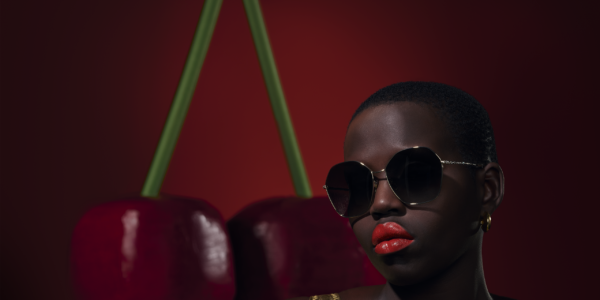
Photographer Stories
Tobias Meier – Storytelling Photography
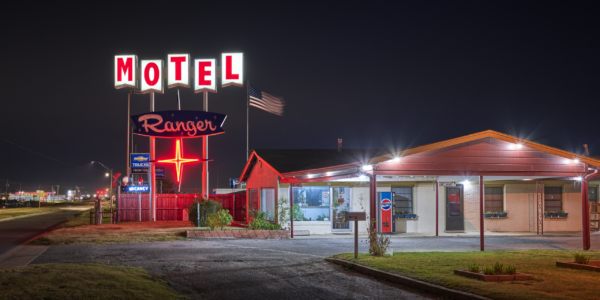
Photographer Stories
Gregory Essayan – Curating Reality
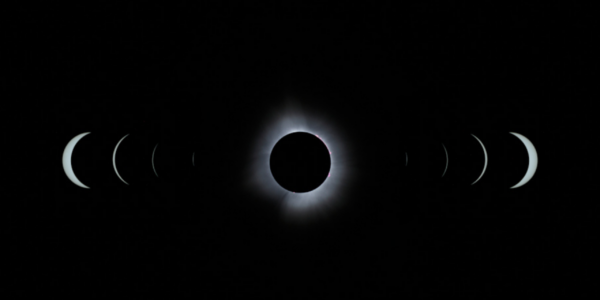
Photographer Stories
Total Solar Eclipse – Matthew C. Ng
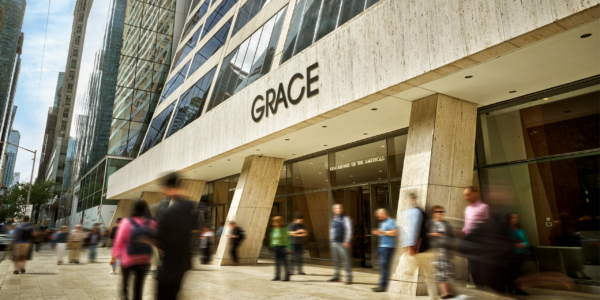
Photographer Stories
Matthew Plexman – Bringing portraits to life
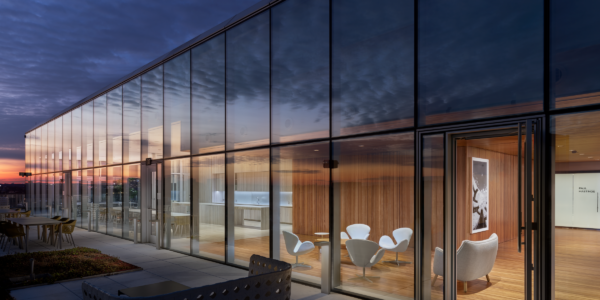
Photographer Stories
Prakash Patel – A Visual Design Story

Photographer Stories
Karen Culp – Food Photography Ideas
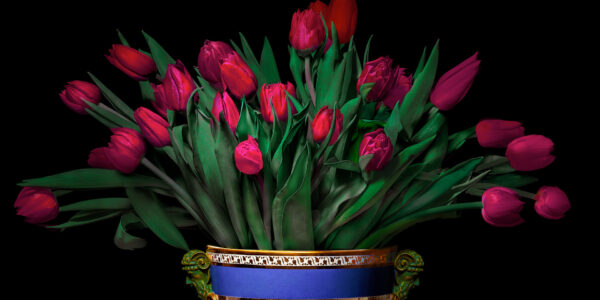
Photographer Stories
T.M. Glass: Flower portraits
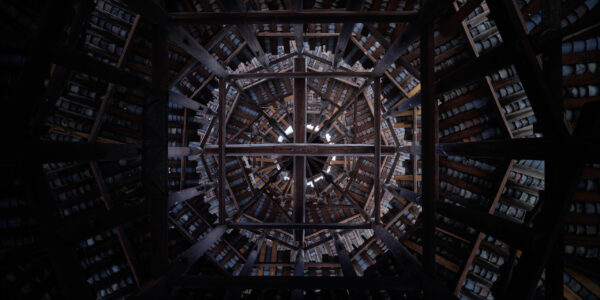
Photographer Stories
Preserving ancient Chinese buildings – Dong Village
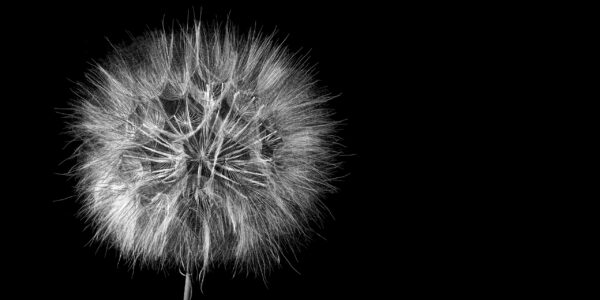
Photographer Stories
Jeff Puckett – The Art of Photogravure
